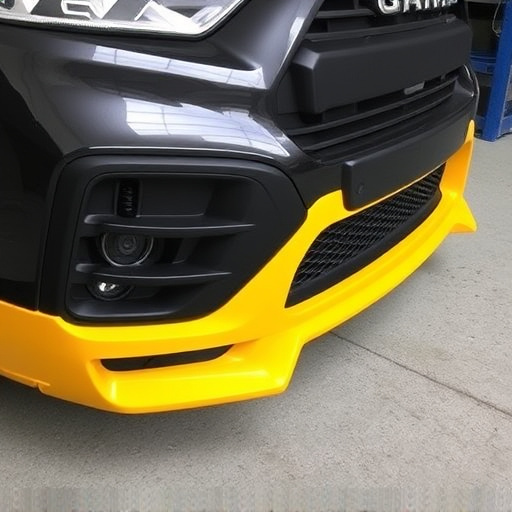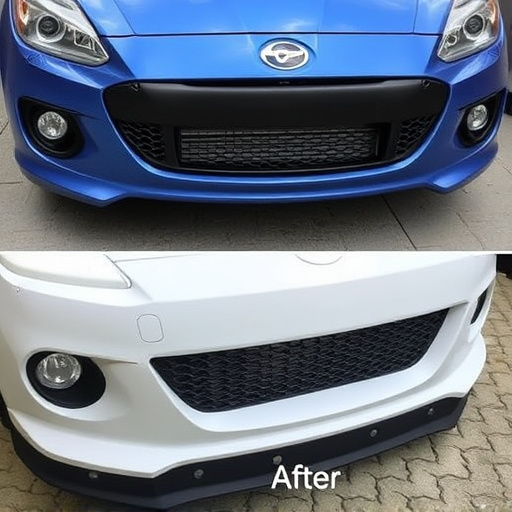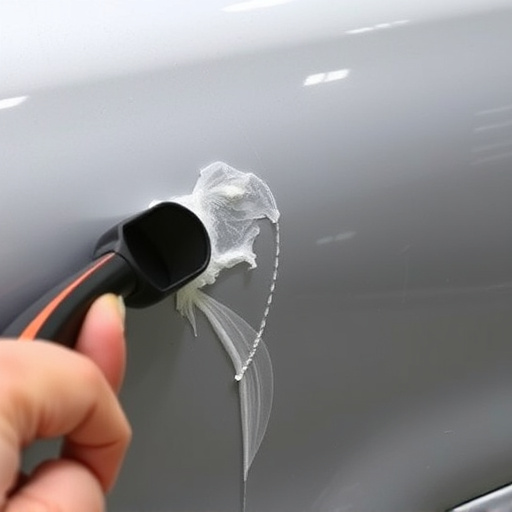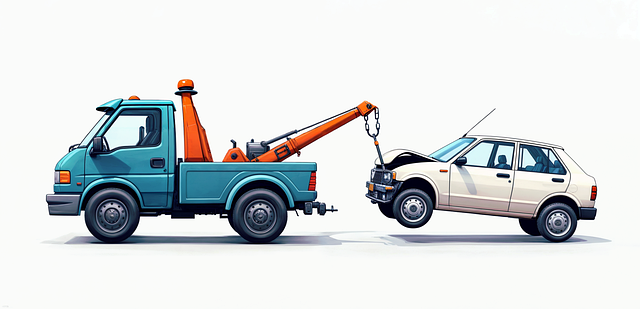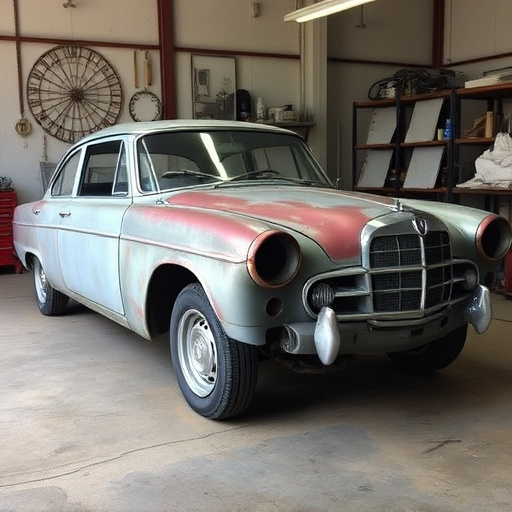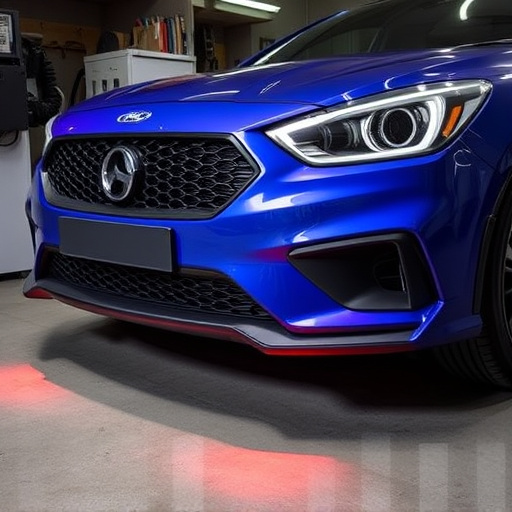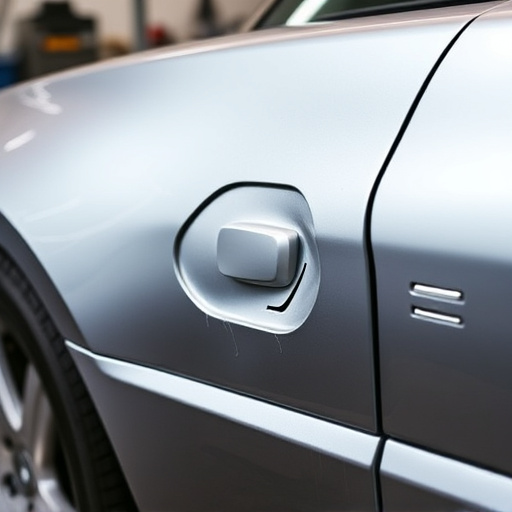Frame repair technology has evolved dramatically, driven by the automotive industry's needs. Manual methods, once time-consuming and labor-intensive, have been revolutionized by automated systems, robotic arms, and laser guidance, expediting repairs while enhancing accuracy. Artificial intelligence (AI) and robotics promise even faster turnaround times and improved efficiency in dent and fender repair. This technology benefits body shops and customers with enhanced precision, reduced repair times, increased efficiency, and improved customer satisfaction, as seen in premium brands like Mercedes Benz.
Frame repair technology is revolutionizing the auto body industry, driving innovation and efficiency. This article explores the evolution of frame repair techniques from traditional methods to advanced digital solutions. We delve into the key benefits for auto body shops, including faster repairs, improved precision, and enhanced customer satisfaction. Through case studies and industry trends, we highlight how cutting-edge frame repair technology sets new standards, ensuring vehicles are restored to their pre-accident condition.
- The Evolution of Frame Repair Technology: Past, Present, and Future
- Key Benefits of Advanced Frame Repair Techniques for Auto Body Shops
- Impact on Industry Standards and Customer Satisfaction: Case Studies and Trends
The Evolution of Frame Repair Technology: Past, Present, and Future
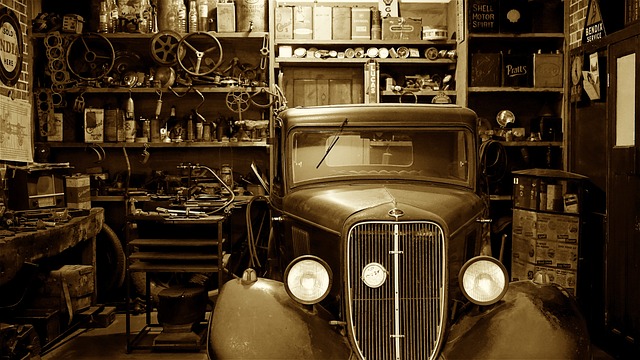
Frame repair technology has come a long way since its early beginnings, driven by the ever-evolving needs of the automotive industry. In the past, repairs were often time-consuming and labor-intensive, with manual methods dominating the scene. Welders would meticulously patch up damaged frames, a process that required skill and precision to ensure structural integrity.
Today, advancements in technology have revolutionized frame repair. Automated systems, robotic arms, and laser guidance now play a pivotal role in precision framing. These innovations not only speed up the repair process but also enhance accuracy, ensuring vehicles return to the road safely and with minimal cosmetic imperfections. Looking ahead, artificial intelligence (AI) and robotics are poised to further transform collision repair services, offering even faster turnaround times and improved efficiency in vehicle dent repair and fender repair processes.
Key Benefits of Advanced Frame Repair Techniques for Auto Body Shops

Advanced frame repair technology has revolutionized the auto body industry, offering significant advantages for body shops and their customers alike. One of the key benefits is the precision and accuracy it brings to the repair process. With specialized tools and techniques, technicians can now more effectively realign damaged frames, ensuring cars return to their original structural integrity and safety standards. This precision is crucial for maintaining the overall quality of the vehicle, from its performance to its resale value.
Additionally, these innovative frame repair methods streamline the body shop’s operations, reducing repair times and increasing efficiency. Through automated systems and advanced training, technicians can quickly assess and fix frames, offering faster turnaround times without compromising on the meticulous work required for car paint repair and other body shop services. This not only benefits businesses but also keeps customers satisfied with prompt and reliable service, enhancing their overall experience.
Impact on Industry Standards and Customer Satisfaction: Case Studies and Trends

The advent of advanced frame repair technology has significantly reshaped industry standards and customer expectations in the automotive sector. Traditional methods of vehicle repair, often involving lengthy processes and significant material costs, have been replaced by more efficient, precise, and cost-effective solutions. This shift is particularly evident in high-end car brands like Mercedes Benz, where repairs must maintain not just structural integrity but also the vehicle’s original aesthetic appeal.
Case studies from leading automotive service centers reveal that frame repair technology has led to substantial improvements in customer satisfaction. Modern equipment, such as laser measurement systems and computer-aided design software, enable technicians to accurately assess and rectify frame damage with remarkable speed. This not only reduces the overall cost of vehicle repair but also minimizes downtime for customers. Trends indicate a growing demand for these innovative solutions, as consumers become increasingly conscious of both quality and convenience in vehicle repair services, be it for minor dents or complex structural issues.
Frame repair technology is reshaping the auto body industry, offering both efficient solutions and enhanced quality standards. As techniques continue to evolve, auto body shops can expect improved customer satisfaction and reduced repair times. By embracing these innovations, the industry as a whole will drive forward, ensuring that vehicles not only look good but are also safe and reliable on the road. This advancement in frame repair technology is truly revolutionizing the way we approach automotive repairs.
